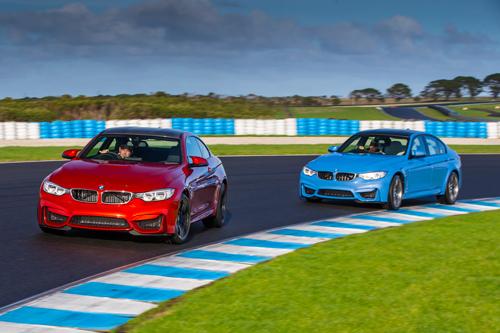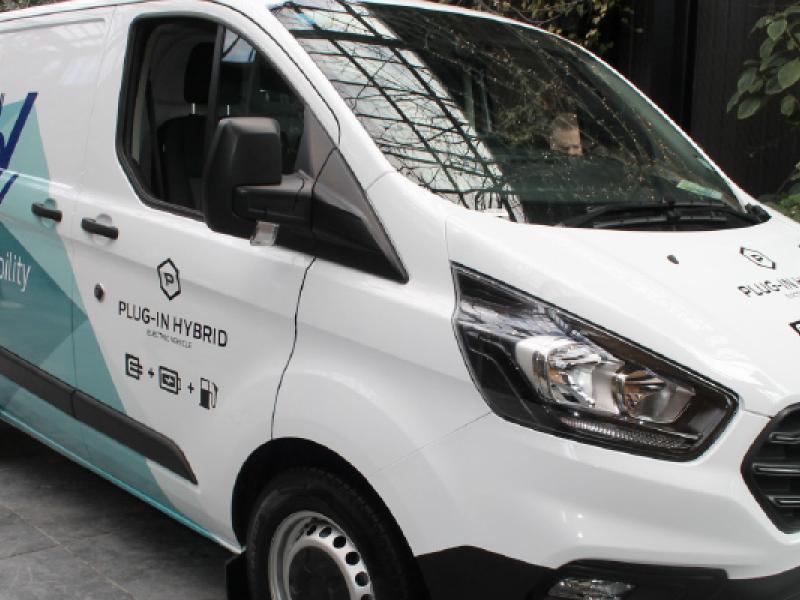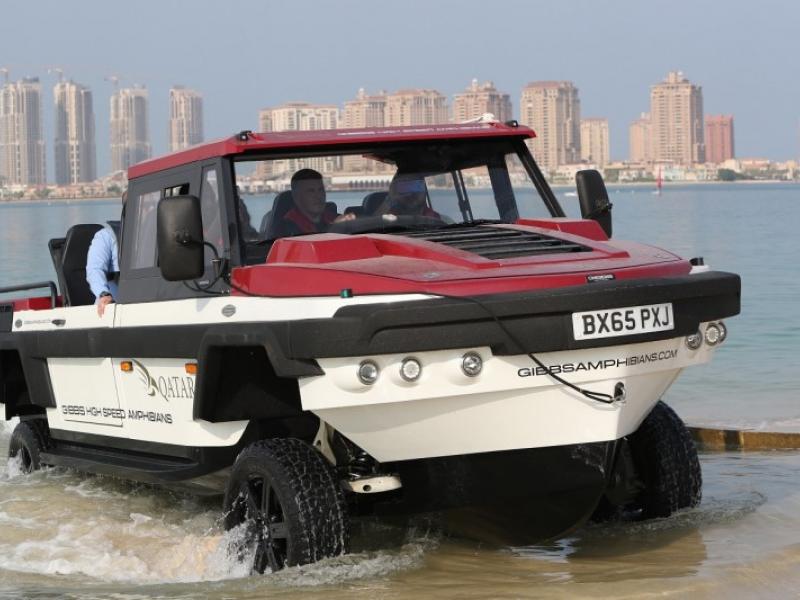It was on a road trip from BMW HQ in Munich, Germany, across to the French Camargue, via Italy, that I drove one of the very first M3 sedans, the E30, writes John Oxley. Flash forward nearly 30 years, and more than 19,000km, and I was the wheel of the latest M3, in Taupo, New Zealand.
Both drive experiences were memorable. In its day, the first 2.3-litre four-cylinder E30 M3 was a little rocket machine par excellence, offering buyers the rare experience of driving a car which had been designed to give them the ultimate road thrill, a car that could just as easily be driven flat out in a 24-hour endurance race as it could be taken down to the shops.
That philosophy has continued through every incarnation of M-car – all produced at the BMW M division plant – through straight six normally aspirated and V8 normally aspirated motors to today’s twin-turbo straight six.
Today’s M3 and M4 (yes, there’s been a bit of re-naming, with the 3 for sedan and the 4 for coupe) are every bit as radical as the E30 version was in its day, except that the differences between the M versions and the everyday 3 Series cars have become even more pronounced, with more specialised parts and even more high tech equipment.
I was at Taupo for the Australasian launch of the new M3 and M4, and in between doing laps of the circuit, managed to chat with BMW M Division head of sales operations management Jorg Bartels, who had flown over specially to be with the Media at the event.
Jorg is about as passionate about the M concept as anyone can be. And he emphasises that M cars are not just modified versions of standard production cars.
“They are designed to deliver maximum power permanently,” he said. “The engine is uncompromised and high revving, yet delivers high torque from 1,850rpm, and has full race capability.
And it’s not just the big changes that make the difference, such as fitting lightweight yet strong carbon fibre parts in key areas that are important, but less-obvious components, such as hubs made from special high-strength steel, and cut away to reduce weight without losing strength.
Not something you’d notice, but vitally important in paring-down the unsprung weight so the suspension reacts better, quicker, faster.
Many people thought BMW had abandoned its love affair with straight six engines in the M3 when the previous (fourth generation E90 series) cars were introduced with a high-revving 4-litre V8 producing 309kW/400Nm. The cars sounded so good that nothing was going to replace them.
But the cars were fuel-efficient enough for engines with such high power and torque, but maybe not enough for the new generation of BMW driver who demanded great economy to go with his high performance.
However, BMW had another ace up its sleeve. It had also introduced a 335i model to its range of “shopping” 3 Series, complete with a straight-six turbo-charged 3-litre engine producing 225kW of power and 400Nm of torque, the latter at a very low 1,200rpm in a big fat plateau going up to 5,000rpm. Hmmm – that’s equal to the V8 M3, but from much lower down the torque curve.
Better yet, it has superb fuel economy and great driveability.
So it was to this engine that the BMW M engineers focused their attention for the new F80 version of the M3 (and M4).
Most people might have thought that just tweaking the turbo would have given it enough power to match, or exceed, the E90 V8 output.
But that’s not the way BMW M engineers think.
Instead, the whole engine was examined in fine detail to ensure it would be able to meet the criteria; a road car during the week, maybe a race car at weekends.
The engine in the 335i (and in other BMWs ending in 35i, such as the 235i and 435i) has what BMW calls TwinPower turbo-charging, the “twin” coming from the fact that it has a twin-scroll turbocharger designed to cut turbo lag and deliver high torque from the bottom of the curve, and high power at the top.
But to get the power they wanted, the M-sters decided to fit two mono-scroll turbos, one for each bank of three cylinders, to give an interference-free gas flow to the turbochargers via a 120 degree crankshaft angle.
Having ensured the power output (and extra) torque, the engineers then decided to make the engines more heat-efficient, as well as lighter. So they threw away the idea of having cast iron liners to the cylinders in the aluminium block, and instead developed a process of electric arc wire directly spraying into the cylinders.
This results in perfect adhesion, and much better heat dissipation, as well as saving about 2kg.
Other engine components to follow were the crankshaft, which has high torsional rigidity, and is forged to make it stronger, lightweight pistons, a double flow oil pump in the wet sump to ensure oil supply is always delivered at 100 percent no matter what the demands of the engines.
And to top it off, and again, improve heat dissipation while losing weight, a magnesium alloy sump is fitted.
“Some 75 percent of the new engine is M parts, and only 25 percent normal BMW parts,” said Jorg.
The net result of the engine changes are that the performance is outstanding, with a very flat torque curve, yet the ability to go to high revs when required.
Because maximum torque is available from less than 1,800rpm, this means the driver has full power available immediately after changing up a gear, even from the engine maximum of 7,300rpm, giving a truly linear power delivery.
This is maximised by the double clutch gearbox, and its ability to change gear faster than most humans.
OK, now we’ve got better heat dissipation within the engine – so where does it go? The answer: a bigger radiator, with an extra radiator for the transmission, and two charge air coolers for the intercooler. That power bulge on the bonnet of the new cars is definitely there for a reason – the engine won’t fit without it.
Then to the exhaust system. It’s got to handle more gas flow, so it’s bigger, but made of lighter steel. But the best thing is that the engineers realised the new car has to SOUND right, yet turbo-chargers tend to chop up exhaust sound and make it quieter.
To solve the problem, an electrically-adjustable exhaust flap is fitted, and lets out a brilliant sound track when the engine is being driven in anger, while damping down noise as you creep your way down your street late at night.
The M3/4 are fitted with a seven-speed double clutch gearbox, complete with various modes to either make it easier to drive, or to deliver rocket-propelled gear changes (including launch control if you want to get away from the lights faster than anyone else), and this too, has been given the M treatment, plus there’s a lightweight drive shaft and Active M differential, which feeds in the power as needed.
“In the suspension, everything between the wheels, and the wheels themselves, is lighter and stiffer,” says Jorg, “and lighter weight is one of the reasons why we opted for non-runflat tyres on the M3 and M4”.
So we see a suspension which consists of an aluminium double-joint spring strut axle at the front, and an aluminium five-link rear axle, with aluminium control arms and wheel carriers, a rear axle sub frame in lightweight steel, rigidly bolted to the body, and M-specific kinematics and rigidity set-up. The lighter weight of the rear suspension cuts another 3kg off the M cars’ weight.
The standard brakes feature four-piston fixed-caliper vented and perforated discs at the front, twin-piston fixed caliper vented and perforated discs at the back, but for those who want to go even further, a ceramic disc setup can be specified.
Steering sees a variable M Sport electro-mechanical rack and pinion, with variable ratios and an overall ratio of 15 to 1. And even the steering wheel has been given the slimming process – it’s made of lightweight magnesium, and is 8mm smaller in diameter than the standard wheel.
The lightweight forged alloy wheels are different front and rear: nine inch wide at the front, 10 inch at the back, in 18 inch diameter, and shod with 255/40 and 275/40 rubber respectively.
Finally, the carbon fibre parts. In our July 2014 issue I described the latest BMW electric i3 and i8 cars, which have carbon-fibre reinforced plastic (CFRP) bodies, made in a new specialised BMW plant, and the availability of this industrialised process has been utilised by the M engineers.
The previous M3 was fitted with a CFRP roof, and this has been carried over to the new car, complete with a CFRP roof bow. Net result; lower centre of gravity.
However, the new cars also get a one-piece CFRP driveshaft, which is not only lighter, reducing rotating mass, but also more rigid, both of which gives better acceleration and responsiveness.
The boot lid is made from a carbon-fibre shield moulding compound with an integrated spoiler (for improved downforce at high speed), and it cuts another 5kg.
High performance vehicles are often fitted with a steel strut brace which fits between the two suspension turrets, over the engine, to provide more torsional stiffness. However, the BMW engineers devised a more-elegant solution (forced in part by the height of the intercoolers on top of the engine), with a U-shaped brace which is anchored front and rear, and passes each side of the engine, and in front of it.
Also made from CFRP, it improves steering precision and accuracy, and increases front end rigidity, but weighs only 1.5kg.
The new cars’ bonnet and side panels have come in for the weight-loss treatment, too, and are made of aluminium, cutting 16.6kg off the total weight. And aluminium is the weight-saver used in the front axle and aluminium shear panel; weight loss 3kg.
And inside the car, the seats have been lightened by 12kg, and the seat frames by 6kg.
Whew! The net result as far as the engine changes are concerned is that power is now raised to 317kW, while torque leaps by a massive 150Nm to 550Nm. This results in a 0-100km/h acceleration figure of only 4.1 seconds (with top speed electronically limited to 250km/h).
And yet at the same time fuel consumption has dropped dramatically, with an overall average of 8.3L/100km!
Says Jorg: “The M is always the M, and it is always the very top model of BMW.” We have to agree!






